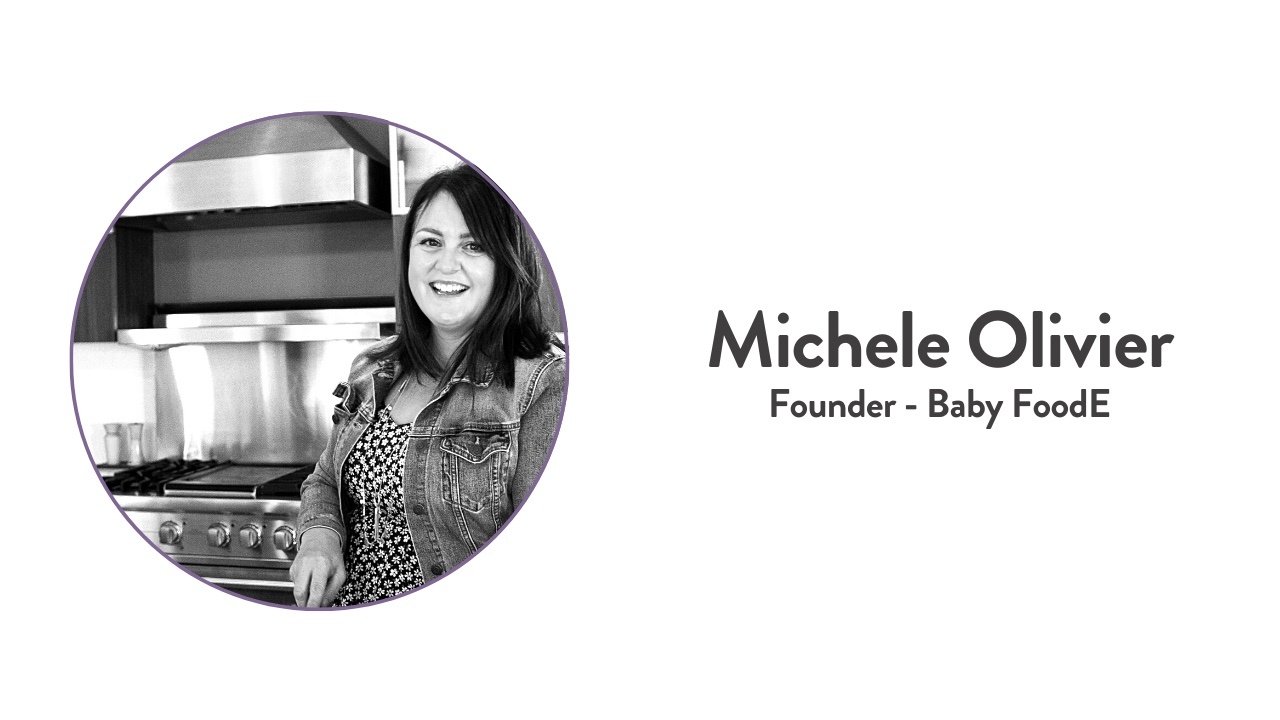Nutritional Information
Typically, white foods don’t have much to offer in the way of vitamins and minerals, but this is not the case with cauliflower. Much like its cousin broccoli, cauliflower has tons of nutrients.
- It provides tons of vitamin C which is needed for iron absorption and immune support.
- Contains choline, which is essential for baby’s brain development.
- A good source of fiber to help keep baby regu
Cauliflower Tip: Frozen cauliflower is great to have on hand. It steams quickly so it can be prepped in a flash for a puree, finger food, or for dinner.
When can you introduce cauliflower to your baby?
Is cauliflower a choking hazard?
Is cauliflower a common allergen?
Does cauliflower cause constipation in babies?
How to Serve Cauilflower
Steaming or roasting cauliflower is the best way to prepare cauliflower for your baby. Cooked cauliflower is also a great finger food for older babies and toddlers, or you can serve it as a mashed puree (which looks and tastes similar to mashed potatoes).
6+ Months
See below for these recipes.
Stage One Puree
Self-Feeding: Baby-Led Weaning
- Cauliflower for Baby-Led Weaning: cooked large florets, or as a puree
7+ Months
Stage Two Purees
9+ Months
Stage Three Purees
Self-Feeding: Finger Foods
- Cauliflower for Self-Feeding: cooked large florets or chopped pieces
12-36 Months
Toddler Recipes
Recipes
Cauliflower Puree
Prep: 5 minutes
Cook Time: 15 minutes
Servings: 15 ounces
Age: 6+ months
Ingredients
- 2 cups cauliflower florets
- pinch of paprika (optional)
Instructions
-
In a medium saucepan, bring 2″ of water to a boil over medium heat. Place the cauliflower into a steamer basket, cover, and cook for 8-10 minutes or until tender. Reserve steamer water. Let cool slightly.
-
Place the cooked cauliflower into a blender or food processor and add a pinch of paprika (or other preferred spice, if any). Turn on the blender or food processor and puree for 1-2 minutes on medium. If the puree is too thick, add in 1/4 cup of reserved liquid at a time, until you achieve desired consistency.
-
Serve and enjoy, or store some for later.
Notes
Age: 6+ months
Yield: 15 ounces
Storage: you can store this puree in an air-tight container in the fridge for up to 4 days or in the freezer for up to 4 months.
Spices/Herbs: Adding spices to your baby’s foods is a great way to introduce more complex flavors at an early age. Some great spices and herbs to add to cooked cauliflower are a pinch of mild curry, garlic powder, and cumin or you can add in a pinch of chopped fresh parsley, chives, mint, and cilantro.
Cauliflower for Self Feeding
Prep Time: 5 minutes
Cook Time: 15 minutes
Servings: 3-4 serving
Age: 6+ months
Ingredients
- 2 cups cauliflower florets
- pinch of paprika (optional)
Instructions
-
In a medium saucepan, bring 2" of water to a boil over high heat. Add a steamer basket and add the cauliflower, cover and cook for 10-12 minutes or until tender when pricked with a fork. Remove from heat and let cool.
- Sprinkle on spice or herb (if using) and then cut in an age-appropriate way.
Notes
Age: 6+ months
Yield: 3-4 small portions for baby
Storage: you can store this recipe in the fridge in an air-tight container for up to 3 days.
Spices/Herbs: Adding spices to your baby’s foods is a great way to introduce more complex flavors at an early age. Some great spices and herbs to add to cooked cauliflower are a pinch of mild curry, garlic powder, and cumin, or you can add a pinch of chopped fresh parsley, chives, mint, and cilantro.
Puree for Self-Feeding: Yes, it can be done! You can offer purees and still allow your baby to lead the way with self-feeding.
- Place a few spoonfuls of purees directly on the tray or in a bowl for your baby to dip fingers into. Model how to dip your fingers into the puree and bring them to your mouth, to taste some.
- Offer your baby a pre-loaded self-feeding utensil and hold it out for them to grasp or set on their tray.
- Use a solid food as a dipper. You can also offer a soft stick-shaped piece of food, such as a soft roasted carrot or bread lightly toasted and cut into strips to dip into the puree.
Video
Feeding Tips
- Cauliflower is in the cruciferous vegetable family, which is known for causing gas. If your baby seems extra gassy since introducing cauliflower, you may want to cut back.
- Avoid boiling cauliflower (and most other veggies) since many of the nutrients leach out into the water and then tossed down the drain. Other cooking methods like roasting and steaming will leave more nutrients intact.
More Cauliflower Recipes
How to Pick & Store Cauliflower
How to Pick Cauliflower
- Color: Look for a creamy white color in cauliflower. Avoid those with a dull yellow color or brown spots. The leaves should look fresh and green.
- Texture: You’ll want the heads to be firm to the touch and tightly closed. Avoid heads that are loose or have crumbly florets.
How to Store Cauliflower
- Wait to wash your cauliflower until you are ready to use it.
- Store fresh cauliflower in a loosely wrapped or perforated plastic bag in the fridge. Cauliflower needs air flow, so don’t seal or knot the bag. If your cauliflower was plastic wrapped from the grocery store, just loosen up the knot.
- Cauliflower can last 3-5 days in the fridge.
- Cauliflower still keeps well when cut into florets. You can pre-cut cauliflower into small florets and store in an airtight container in the fridge
- Frozen cauliflower can last 10-12 months in the freezer.
Seasonings that pair well with cauliflower:
- Basil
- Chives
- Cumin
- Curry powder
- Garlic
- Ginger
- Oregano
- Paprika
- Parsley
- Thyme
- Turmeric
Cauliflower Facts
- Did you know that cauliflower is actually a flower that has not fully developed yet? The leaves of cauliflower are edible as well, but they do have a stronger taste compared to the florets.
- Cauliflower is available all year round but is at its peak during the cooler months. There are colored varieties of cauliflower, including purple, green, and orange.
- Cauliflower is one veggie that is not usually found on the Environmental Working Group’s Dirty Dozen foods list, so purchasing conventionally grown or organic is your choice.
Reviewed and Co-Written By












